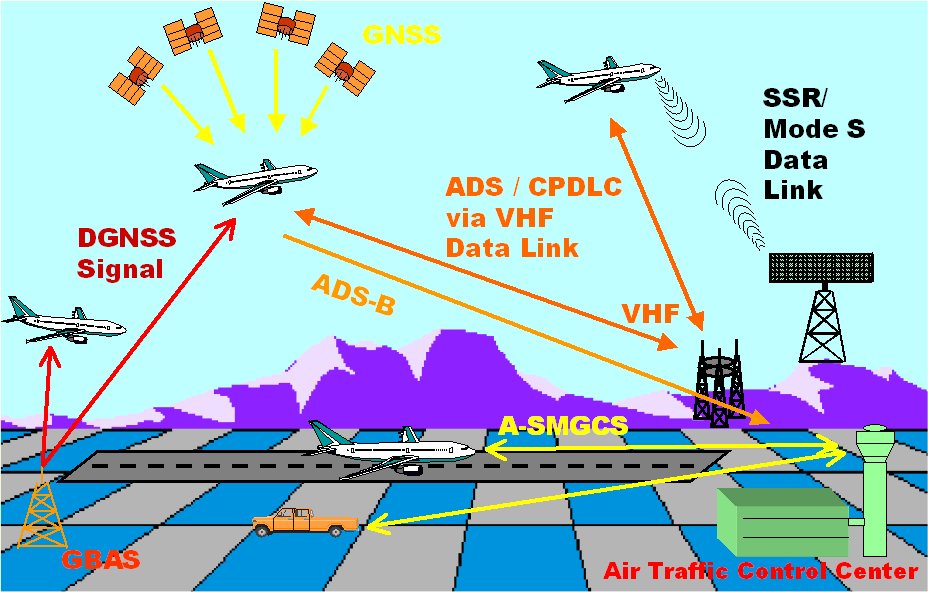How advanced navigation systems are improving aviation safety

Soaring to Safety: How Advanced Navigation Systems Are Revolutionizing Aviation
For centuries, pilots relied on instinct, charts, and celestial bodies for navigation. Today, aviation has entered a new era, where advanced navigation systems are dramatically improving safety, efficiency, and environmental impact. These technological marvels are not just guiding planes through the skies; they’re actively mitigating risks and enhancing the flying experience for both passengers and pilots.
Precision Guidance: A Lifeline in the Clouds
At the heart of these systems lie satellite-based navigation (SBAS) and area navigation (RNAV). SBAS, like the American GPS and European Galileo, provides real-time positioning information with unparalleled accuracy, enabling pilots to fly precise routes, even in challenging conditions. RNAV allows aircraft to navigate along predefined routes, reducing reliance on ground-based navigation aids and increasing flexibility. These technologies work in tandem, empowering pilots to navigate efficiently and safely through complex airspace.
Automation & Awareness: Keeping Pilots in Control
Advanced navigation systems don’t just guide the plane; they also act as vital support systems. Automated flight management systems (FMS) automatically adjust flight parameters based on real-time data, reducing pilot workload and freeing them to focus on critical tasks. Traffic Collision Avoidance Systems (TCAS) monitor surrounding airspace, providing alerts and instructions to pilots, minimizing the risk of mid-air collisions. These systems act as an extra pair of eyes and hands, enhancing situational awareness and ensuring safety even in densely populated airspace.
Beyond Safety: Efficiency & Sustainability
Advanced navigation systems are not just about safety; they’re also driving efficiency and sustainability. Precise route planning allows for optimal fuel consumption, reducing emissions and operating costs. Performance-based navigation (PBN) utilizes optimized flight paths, enabling airlines to fly shorter routes, reducing fuel burn and minimizing environmental impact.
The Future is Up: Continuously Evolving Technology
The aviation industry is constantly pushing the boundaries of navigation technology. The emergence of autonomous flight systems promises even greater safety, efficiency, and precision. Research into enhanced ground-based navigation systems aims to provide better guidance and coverage, particularly in areas with limited satellite access. These advancements are paving the way for a future where aviation is not only safer but also more sustainable and accessible.
In conclusion, advanced navigation systems are transforming the aviation landscape. By providing precise guidance, automation, and enhanced situational awareness, they are drastically reducing risks and promoting efficiency. As technology continues to evolve, we can expect even more sophisticated systems that will make flying safer, more efficient, and more environmentally friendly for generations to come.

